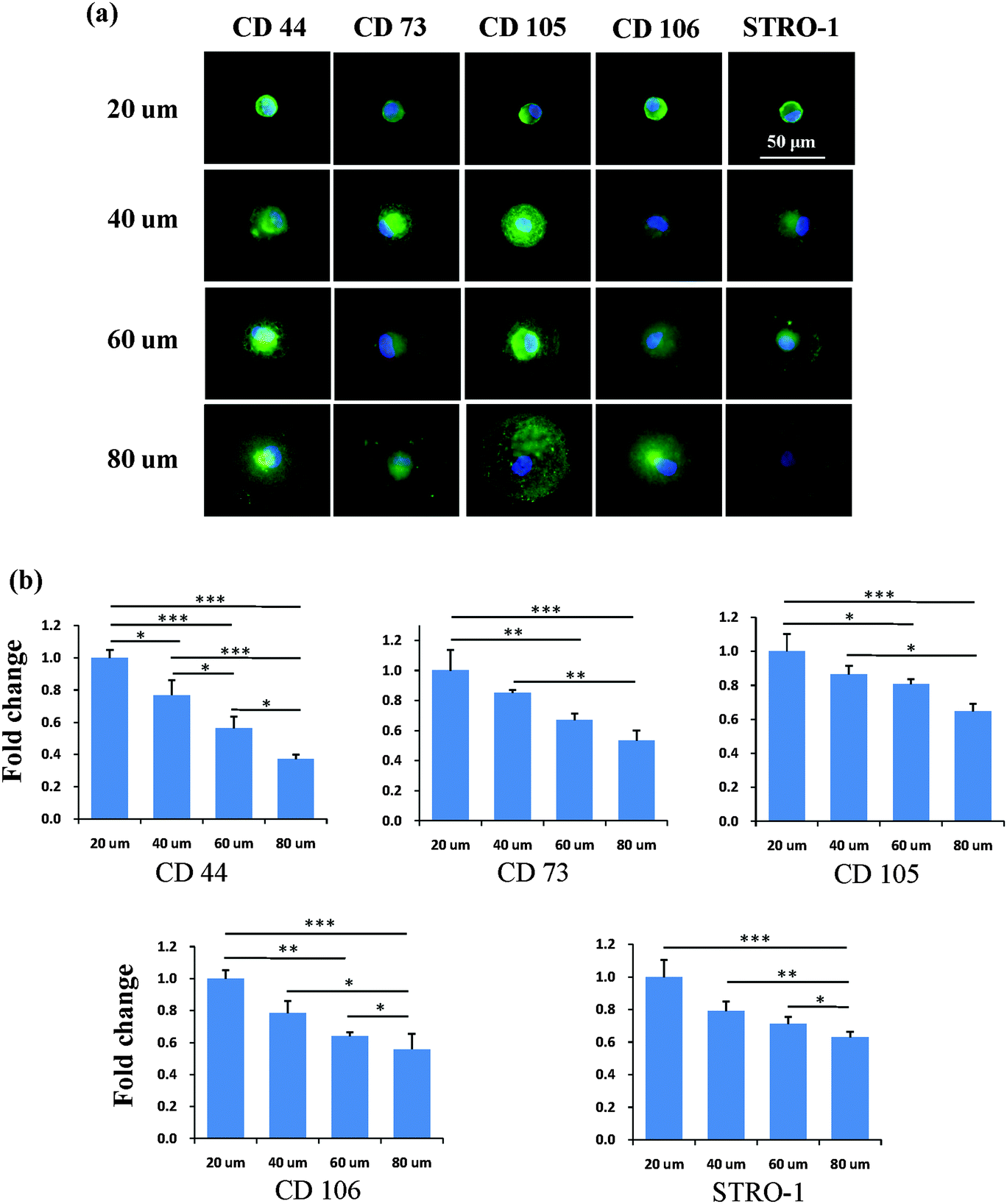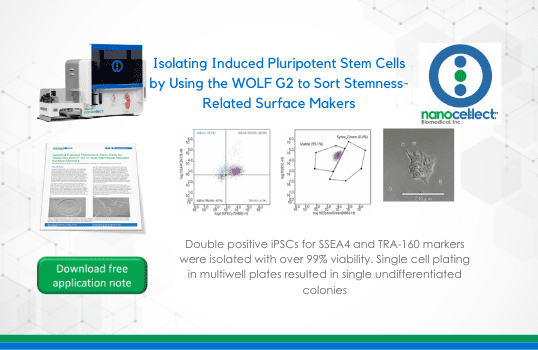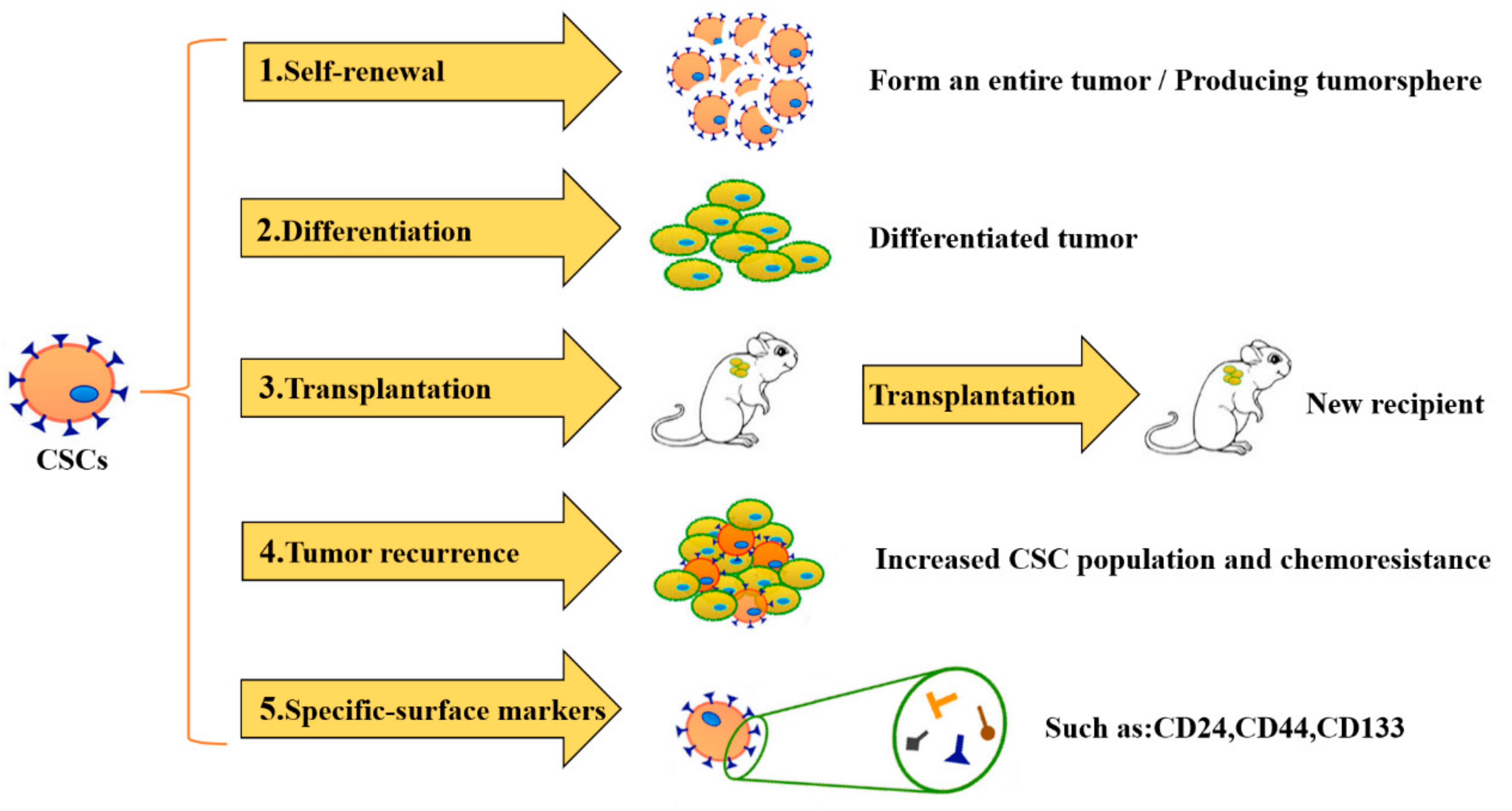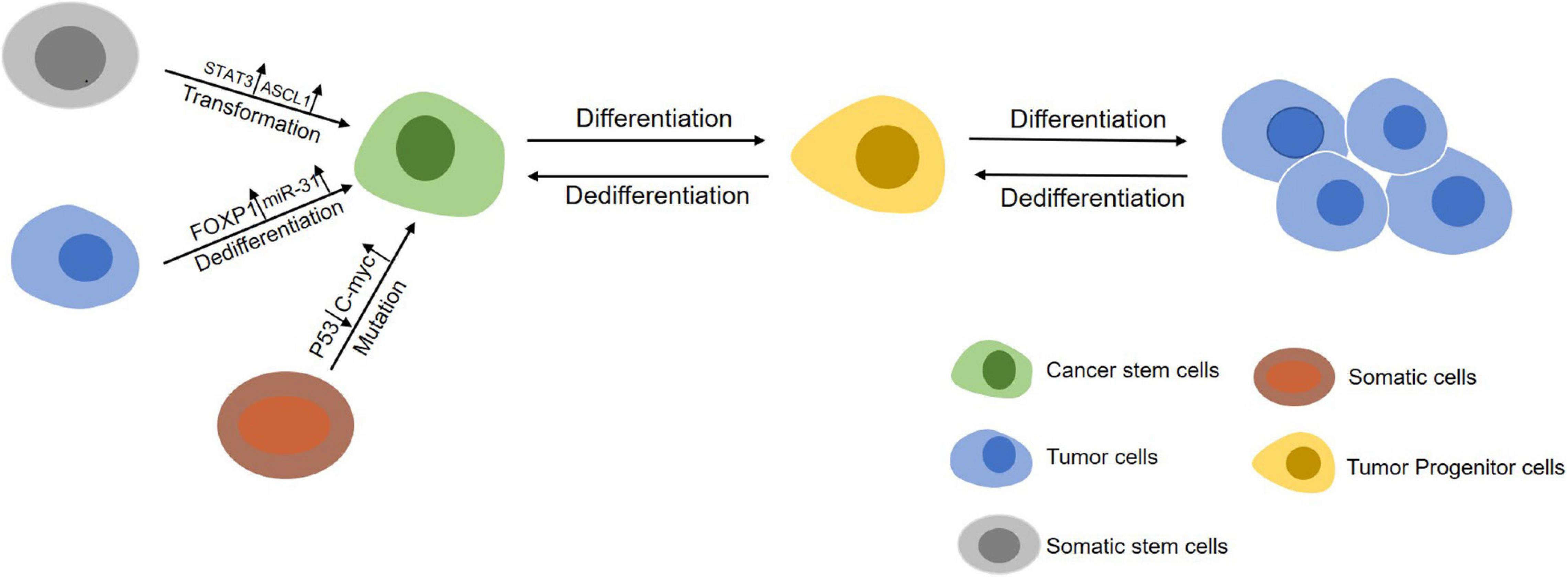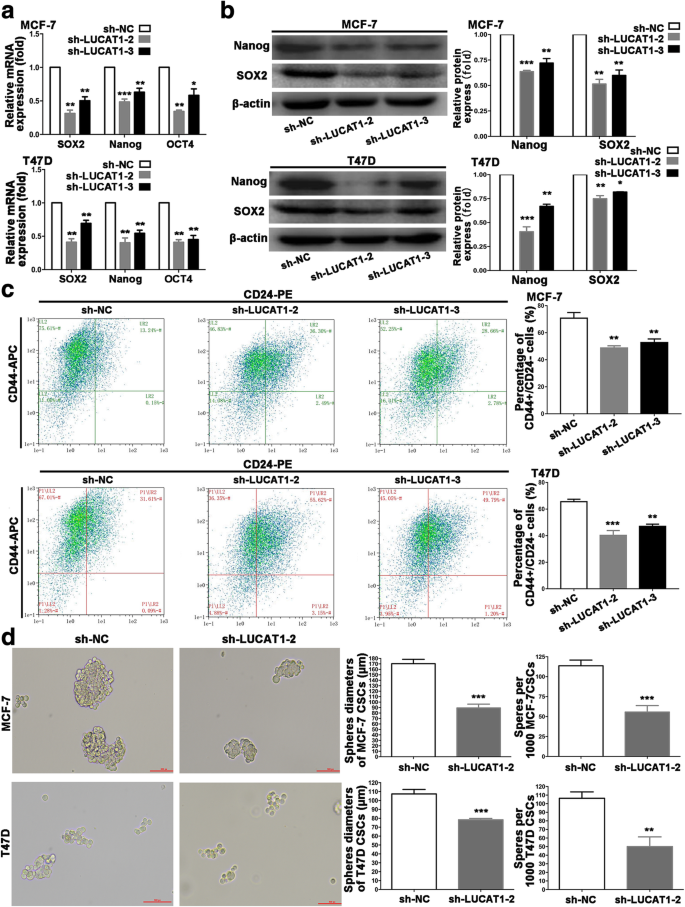
Long non-coding RNA LUCAT1/miR-5582-3p/TCF7L2 axis regulates breast cancer stemness via Wnt/β-catenin pathway | Journal of Experimental & Clinical Cancer Research | Full Text

Cancer stemness in hepatocellular carcinoma: mechanisms and translational potential | British Journal of Cancer

313. Knockdown of p21Cip1/Waf1 Enhances Proliferation, the Expression of Stemness Markers and Osteogenic Potential in Human Mesenchymal Stem Cells: Molecular Therapy
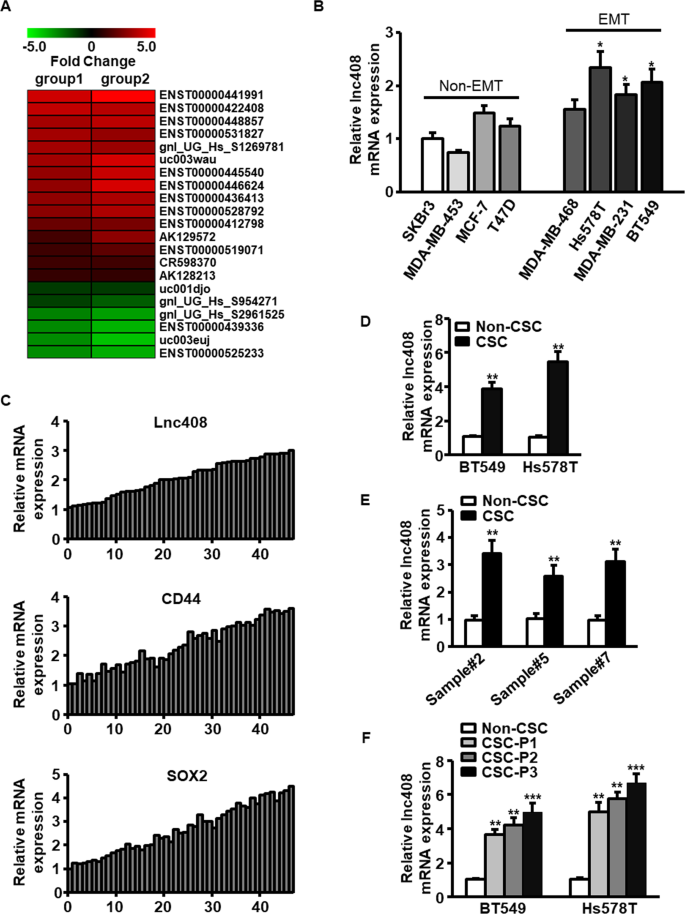
A novel Lnc408 maintains breast cancer stem cell stemness by recruiting SP3 to suppress CBY1 transcription and increasing nuclear β-catenin levels | Cell Death & Disease

Frontiers | Emerging Regulatory Mechanisms Involved in Liver Cancer Stem Cell Properties in Hepatocellular Carcinoma

Expression for markers associated with stemness analyzed by qRT-PCR. In... | Download Scientific Diagram

Identification of a stemness-related gene panel associated with BET inhibition in triple negative breast cancer | SpringerLink

Cancer stem cells, stemness markers and selected drug targeting: metastatic colorectal cancer and cyclooxygenase-2/prostaglandin E2 connection to WNT as a model system
Oxidative stress promotes exit from the stem cell state and spontaneous neuronal differentiation | Oncotarget

Cancer stem cells, stemness markers and selected drug targeting: metastatic colorectal cancer and cyclooxygenase-2/prostaglandin E2 connection to WNT as a model system
Inhibition of Fatty Acid Synthase Decreases Expression of Stemness Markers in Glioma Stem Cells | PLOS ONE

Stemness underpinning all steps of human colorectal cancer defines the core of effective therapeutic strategies - eBioMedicine
